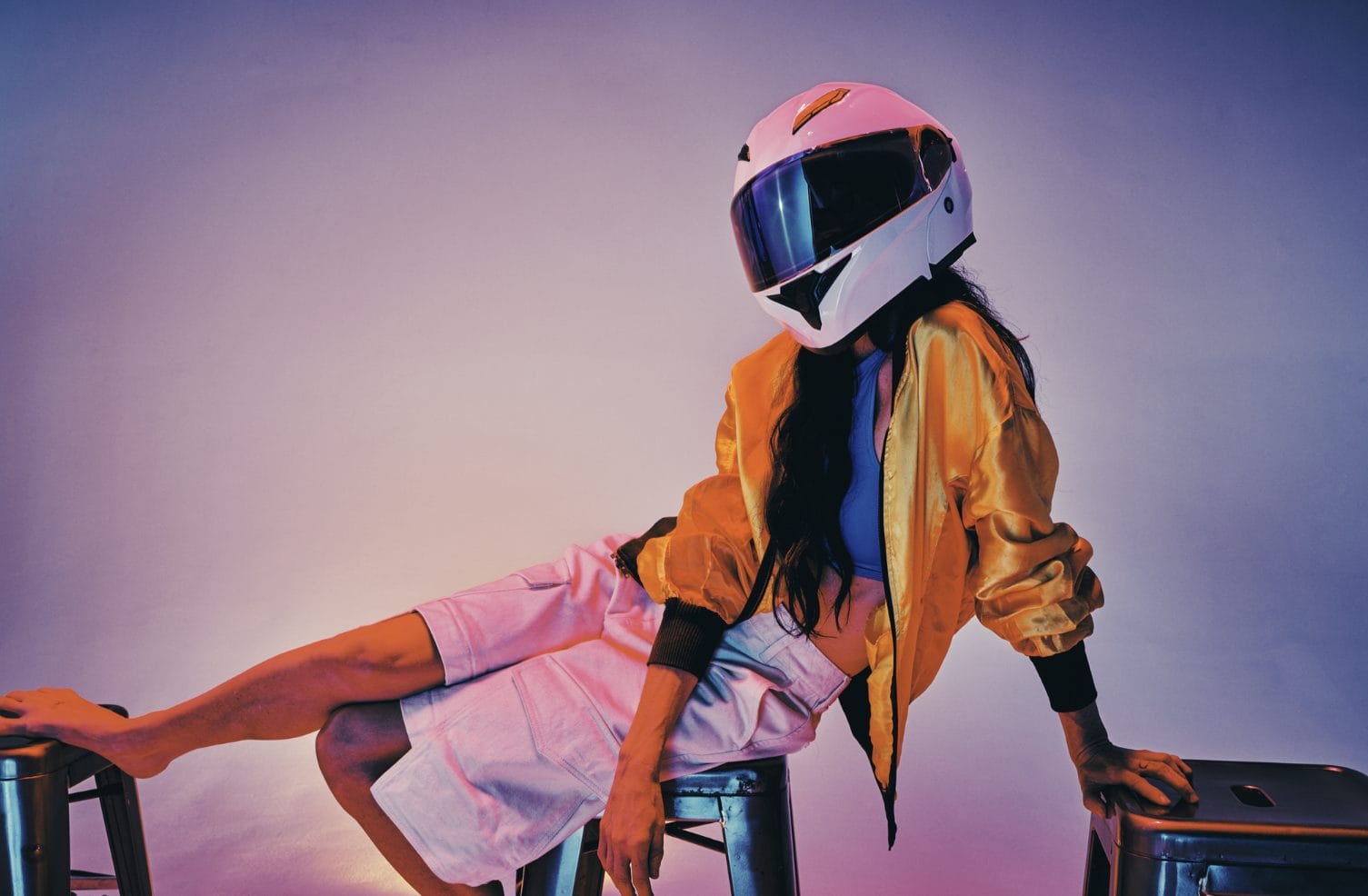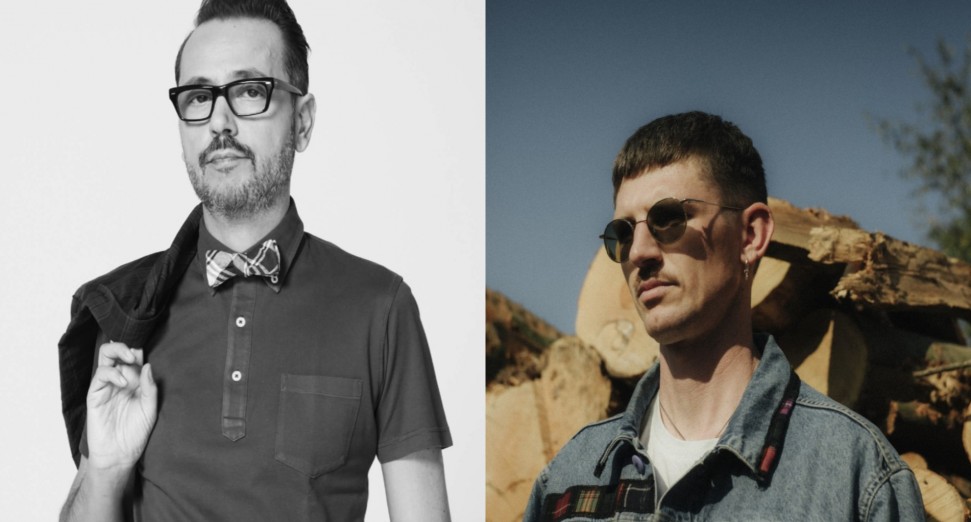
Kaitlyn Aurelia Smith Explores Creative Freedom Inside Structure—One Microstep at a Time
Kaitlyn Aurelia Smith lights up when you ask her about discipline. “Omgosh! Favorite topic to talk about!” she says, without hesitation. But if you’re expecting a strict set of rules or rigid schedules, you’ll be surprised. For Smith, discipline isn’t about limits. It’s about love.
“I love practice!” she tells us. “It’s what I wake up excited about. I like seeing how little by little something can build.” That idea—of structure as a kind of devotion—runs through her entire creative life. Whether she’s working on synth textures, extreme sports, or setting up a performance, Smith treats practice as an ongoing dialogue between joy and commitment.
And with her upcoming album GUSH due August 22 via Nettwerk, the topic couldn’t be more relevant and which is why we had to invite her on for a quick chat about her flow, mindset, and how she approaches her career. The record draws deeply from tactile sensation, synesthetic interplay, and a feeling she describes as “flirtation” between objects, people, and sound. If discipline helps hold everything together, GUSH is the result of surrendering fully to that process.
How do you define discipline in your creative life?
I love practice! It is what I wake up excited about! I love the experience of watching something develop over time. I like seeing how little by little something can build. I think discipline for me has to connect in some way to a feeling of love… like I would LOVE to feel good at this particular thing and then that becomes my motivation. I usually need to know why and what method I will use to go about it.
To me, discipline is showing up each day with and without an expectation and simultaneously having goals and reaching them while experiencing the surprise, teaching, spontaneity, and challenge of it.
When has discipline actually protected your creativity?
Ooo, another great question! I feel like in the live setting… because there are so many unknowns, having my set practiced and in muscle memory feels like it protects my experience so I can be more expressive and respond faster to live situations. I usually practice my live set for a minimum of 1 year daily, so I know it so well that if the monitors were to stop working, I could still play it.
I like to create a structure for my live set and allow room for improv within that structure. I think also having discipline to practice something daily regardless of my mindset or mood has taught me that my creativity is separate from my mood, which is important for me to know for live shows because touring can feel so dysregulating and disruptive. It is important for me to know that it won’t affect my relationship with my creativity or how I perform.
What structure or boundary has improved your output the most?
Movement. Always having an outlet for physical movement. I have a daily practice of a few different extreme sports that simultaneously help me practice going beyond what I think is possible and breaking through my mind’s limitations or fear.
Also: learning something new regularly. I love keeping my mind flexible with constantly showing myself that the learning curve is temporary. It helps me feel comfortable in the discomfort of problem solving.
Taking care of myself. This one is crucial! Self-care is maybe the most important thing I have learned for my output. I need regular time to feel thoughtless and alone. I need time to unwind and time to feed my input aspect of my output. I also have noticed that the cleanliness of my working space really improves my output.
Have you ever surprised yourself with what discipline made possible?
Yes! Constantly! Honestly, every time I make music or complete a project. Whenever I feel overwhelmed, I break it down into daily steps, and I am always blown away by what can be accomplished over time.
I also think creativity has its own circadian rhythms—like most natural cycles, it has its active and inactive times, its input and output. When I account for that and go with the rhythms, I find that I can be incredibly prolific and productive. However, when I try to force the rhythms to match what I want from them, I hit blocks.
What’s your relationship to creative freedom within structure?
I really like both. I love creating containers for creative freedom. I enjoy creating intentions and perimeters I can play within, whether it’s time, environment, feeling, gear, etc.
I really trust my subconscious mind, and I am very protective of it. I don’t watch a lot of movies or TV, and I have a lot of discernment around what I am regularly inputting because I want to trust my creative freedom within structure, and I want to trust that I am in alignment with my aesthetics when I go to create.
If I ever feel out of balance, I usually do a creative cleansing before really going into creating, which consists of a daily practice of making things to throw away.
How do you reset when you fall off your routine?
I usually map it out on paper or just start it and pick an amount I can comfortably create consistency with. Routine is purely curious for me, so I don’t have any judgment or self-criticism if it changes or I take a break.
I really enjoy creating and changing my routine regularly. I also start with something physical. I always start my routine with physical activity and cleaning my workspace.
Do you ever feel resentment toward your own system?
Hmmm, maybe in the past when I felt confined, like it is the only way, but I don’t linger in that very long and love changing it up. So I wouldn’t say I have a “system”—more that I like to endlessly create systems. 🙂



